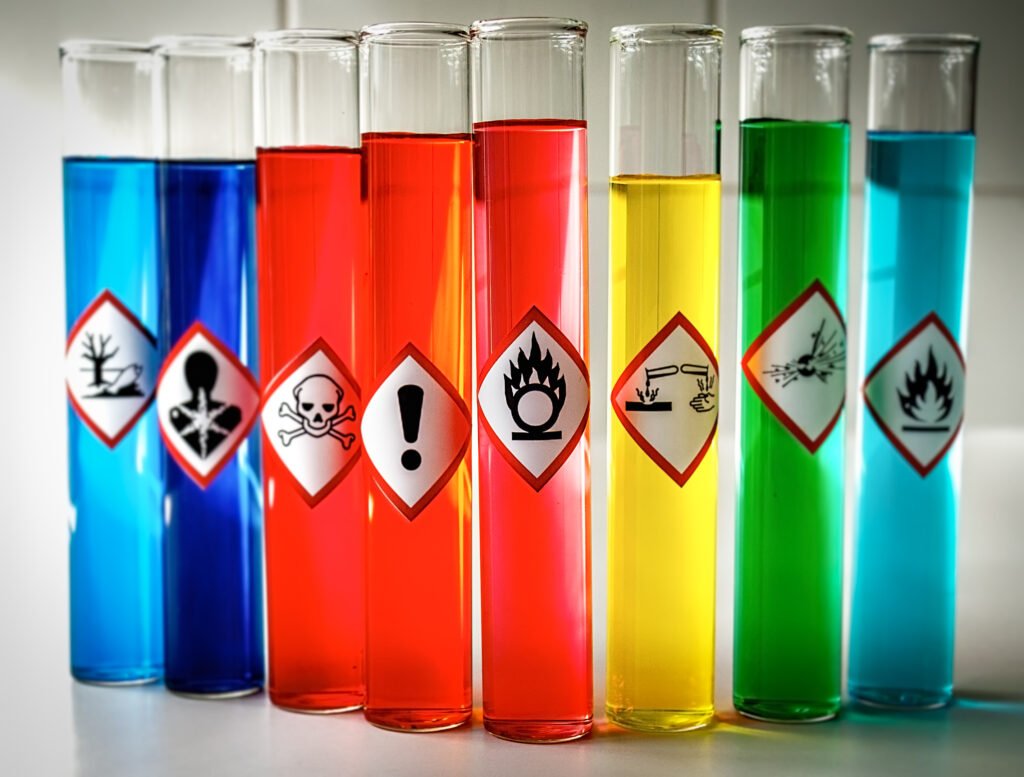On June 20, 2023, the Department of Environment and Natural Resources (DENR), the Environmental Management Bureau (EMB), and the Chemical Management Section (CMS) of the Philippines published the “The Recommendation Paper for the National Guidelines on Risk-based Prioritization for Qualification into Priority Chemical List (PCL)” and began soliciting comments. This Recommendation proposes an evaluation framework for determining priorities for qualification into the PCL, among substances listed on the Philippine Inventory of Chemicals and Chemical Substances List (PICCS).
The recommendation can be viewed at the following URL:
https://chemical.emb.gov.ph/wp-content/uploads/2023/06/CO2023-FT1N21722-File_11.pdf
The main contents of the report are as follows:
Risk-based prioritization framework
The proposed framework is based on a quantitative evaluation system where scores are determined for each hazard endpoint to human health and the environment, and the final score is used to determine priority for qualification into the PCL.
The chemicals to be prioritized are as follows:
- Chemicals in the PICCS.
- Chemicals that had been previously identified as PCL.
- Chemicals included in the Multilateral Environmental Agreements (MEAs) not yet included in the Chemical Control Order (CCO) List.
In addition, in terms of the prioritization process, pre-prioritization screening is the initial step. Prioritization based on harm to human health and the environment is then implemented.
In the prioritization, scores are determined for each criterion. The criteria and range of scores are detailed below:
| Criteria | Score |
|---|---|
| 1. Total volume of chemical substance sold in the Philippines | 1 to 10 |
| 2. Availability of information on physicochemical properties | 1 or 2 |
| 3. Availability of GHS health hazard information | 1 to 3 |
| 4. Availability of GHS environmental hazard information | 1 to 3 |
| 5. Regulated by other government agencies? | 1 or 5 |
| 6. Is the chemical substance included in any MEA? | 1 or 2 |
Based on the sum of the scores, the substance will be classified into BATCH 1 to BATCH 9 as follows: However, if it is a target substance of an MEA but CCO has not been formulated, it will be automatically included in BATCH 1.
| BATCH | Total Score |
|---|---|
| BATCH 1 | 25 |
| BATCH 2 | 23-24 |
| BATCH 3 | 21-22 |
| BATCH 4 | 19-20 |
| BATCH 5 | 17-18 |
| BATCH 6 | 15-16 |
| BATCH 7 | 13-14 |
| BATCH 8 | 11-12 |
| BATCH 9 | 10 or less |
On the other hand, in the prioritization, the following are the evaluation criteria for the harm to human health and the environment:
- Acute toxicity
- Carcinogenicity
- Germ cell mutagenicity
- Reproductive toxicity
- Specific target organ toxicity (single exposure)
- Specific target organ toxicity (repeated exposure)
- Aquatic toxicity (acute)
- Aquatic toxicity (chronic)
- Hazardous to the ozone layer
- Persistence and degradability
Table 4 of the recommendation shows scores from 0 to 3, and Table 3 shows scores and corresponding ranks (0 = Not Classified, 1 = Low, 2 = Moderate, 3 = High). For harm to human health and harm to the environment, the highest score of all the endpoints is the hazard score of the substance.
Based on the hazard score, priority is determined using the following matrix:
| Health Hazard | Prioritization | |||
|---|---|---|---|---|
| High | H1 | H3 | H5 | H7 |
| Moderate | H2 | M1 | M3 | M5 |
| Low | H4 | M2 | L1 | L3 |
| Not Classified | H6 | M4 | L2 | L4 |
| Environmental Hazard | High | Moderate | Low | Not Classified |
Substances with “high” hazard scores for harm to human health and the environment are high-priority substances for qualification into the PCL.
 Philippines publishes recommendation for risk-based prioritization for qualification into Priority Chemical List (PCL)
Philippines publishes recommendation for risk-based prioritization for qualification into Priority Chemical List (PCL) 

























